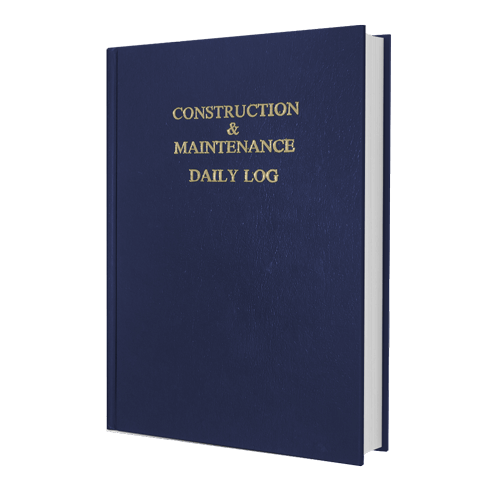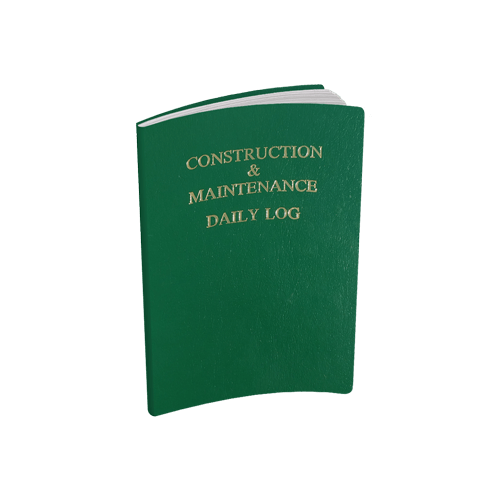Well folks, it looks like I struck a nerve again. The following is a letter to the editor that came in response to October's article, "What's Worse: Lawyers or Mold?"
"Dear Walls & Ceilings,
"I am writing to you regarding an article written by Kevin Bush.
"His article is so inflammatory that I was ashamed to even read through it. It seems he is out to slam the intelligence of your readership than to INFORM them!
"A little background about myself: I am a California-licensed drywall contractor, a general contractor and specialize in a small niche market called ‘mold remediation' for the past six years. Our company was performing this work before it was even known as ‘black mold' or ‘toxic mold.'
"My firm, PGCC Inc., performed the mold remediation on Erin Brockovich's house and I personally did the investigative work on that house. I know the true facts and what Kevin wrote about is pure hype. Your magazine needs to inform those of us out there what really is going on in the world of drywall and finishes.
"There are thousands of homeowners just like Erin who have identical problems but have never become ‘media darlings for 15 minutes of fame.' They suffer perhaps more than her and her family. This problem affects each one of us in one way or another, and perhaps your magazine is not thinking responsibly about educating those of us in the building industry about mold.
"Bush, when writing about molds, does not know how to spell Tachybotrys rather "Stachybotrys" and in the future inform rather than inflame those of us working very hard to make a living helping out everyone related in this industry. Get with the program. Mold is not going away. It is here to stay. Thanks for allowing me to vent.
"You may reach me at jlausevic@
pgccinc.com if you wish to reply."
Sincerely, John Lausevic
Chief Operating Officer, PGCC Inc.
Lausevic, I will try to be succinct and factual in my response to your concerns. First of all, my goal is to inform my readers, who by and large are industry professionals in the building field. According to a recent report, "The Mold is Gold" litigation that is snowballing out of control as we speak, is affecting us all. The following is a list a defendants currently being sued in more than 10,000 pending cases in this country alone.
• Insurers
• Developers and construction contractors
• Architects and engineers
• Building owners, landlords and
property managers
• Employers
• Building products manufacturers
• HVAC designers and manufacturers
• Plumbers, roofers, and carpentry
subcontractors
• Municipal and private building inspectors
• Real estate agents
• Homeowners associations
• School districts and school boards
• Bank and other lenders
• Mold remediation contractors and inspectors
I think this is a pretty good cross section of our readers, Lausevic included.
Lausevic mentions he is a California-licensed drywall contractor. He has an impressive Web site and seems to be a reputable contractor and I applaud him for that. He mentions he specializes in a "niche market called mold remediation." My question is: How does having a license for drywall contracting have to do with mold remediation?
What others say
According to a published report by the U.S. Chamber Institute For Legal Reform, "While asbestos remediation has now become standardized by regulations and asbestos remediators must be certified, no standards apply to so-called ‘mold remediators,' or indeed, to other indoor ‘air experts.' Right now, anyone with a can of disinfectant and a vacuum cleaner can claim to be an IAQ expert. Any contractor or repairman can simply change the logo on the side of his truck, and he's in the mold remediation business."As I would not think of lumping Lausevic into this group, the following excerpt from the same report must be frustrating for him personally: "Competent and reputable contractors also have problems because of the lack of statutory or regulatory standards. Contractors making a good faith effort to address claims of mold damage thus have no firm guidelines, and may face liability of their own from disgruntled property owners and residents no matter what remediation methodology they employ." As a matter of fact, the second wave of claims now rolling in are against companies trying to repair the damage from the first wave of mold/water loss.
In the case of American Mutual Insurance Co. vs. Henderson, the homeowner sued the companies brought in to repair the initial water damage claim. This included the remediation company, the plumber and the environmental testing company. I hope Erin doesn't ever have anything black grow in her house again.
Next, Lausevic states he knows the true facts but fails to state them. Here are a few facts I dug up.
1. There is no scientific definition for "toxic mold." This headline-grabbing panic driver was coined in some newsroom for a 6 o'clock sound bite. The fact that mold is not some rare phenomenon but rather makes up 25 percent of the earth's biomass, and the fact that mold levels are almost always much higher in the outdoors, one would expect a proliferation of "toxic mold" cases hitting the courts claiming day camps, hiking trails, campgrounds, etc., were responsible for plaintiffs debilitating ailments. To date, this has not happened.
2. To date, there has been no confirmed scientific link between mold and related health effects. The following reviews on the subject bear this out:
• Texas Medical Association: "Adverse health effects from inhalation of Stachybotrys spores in water damaged buildings is not supported by valuable peer-reviewed reports in medical literature."
• American College of Occupational and Environmental Medicine: "Current scientific evidence does not support the proposition that human health has been adversely affected by inhaled mycotoxins in home, school or office environment."
• Investigators from the National Institute for Occupational Safety and Health at the Centers for Disease Control: "This review of the literature indicated that there is inadequate evidence to support the conclusion that exposure to mycotoxins in the indoor (nonindustrial) environment is casually related to systems or illness among building occupants."
• American Industrial Hygiene Association: "At this time, there is not enough evidence to support an association between mycotoxic fungi and a change in the spectrum of illness, the severity of illness or an increase in risk of illness."
• EPA: "Symptoms other than the allergic and irritant types are not commonly reported as a result of inhaling mold."
3. These facts have not kept the media from setting out on a nationwide scare campaign. Face it, asthma, runny noses and watery eyes don't jump off the page at you. The media is constantly in search of the next catastrophe to practice gonzo reporting. Do toxic shock syndrome, Alar, electromagnetic energy fields, poisonous plastics and the Audi faulty brake phenomenon ring any bells?
4. On June 1, 2001, a jury awarded the Ballard family in Texas $32 million after claiming mold in their 7,400-square foot home caused the husband to contract debilitating brain damage. Five million of the settlement went towards the Ballard's "mental anguish." This was followed closely by an award in California for a whopping $18 million. Up until this point, most mold cases were limited to a few new and renovated commercial buildings, and did not constitute the number of claims needed to fuel a mass tort action.
5. The huge profits lawyers reaped from the asbestos litigation in the '70s allowed them a previously unavailable avenue for revenue, mass advertising. Since most asbestos exposure occurred during and before World War II, asbestos claims are expected to decline. Nervously looking to the future, these litigious piranhas were desperately looking for the next "asbestos" to fill the void. Enter "Ballard." Unlike asbestos, that is no longer widely used, mold as John accurately states "is here to stay."
6. Routine water damage claims that previously cost $3,000 now cost upwards of $90,000. In Texas, water remediation costs have ballooned 200 percent from 1999 to 2001.
7. Ten thousand mold cases are pending nationwide, a 300-percent increase from 1999.
Lausevic, I apologize for the typo that slipped by. I will be more due diligent using spell check from now on. I appreciate how hard all the readers' work and I will do my best to continue to inform them of current issues they will no doubt be encountering in the future.
Humbly,
Kevin Bush
Remember: Junk science is a growth industry.






